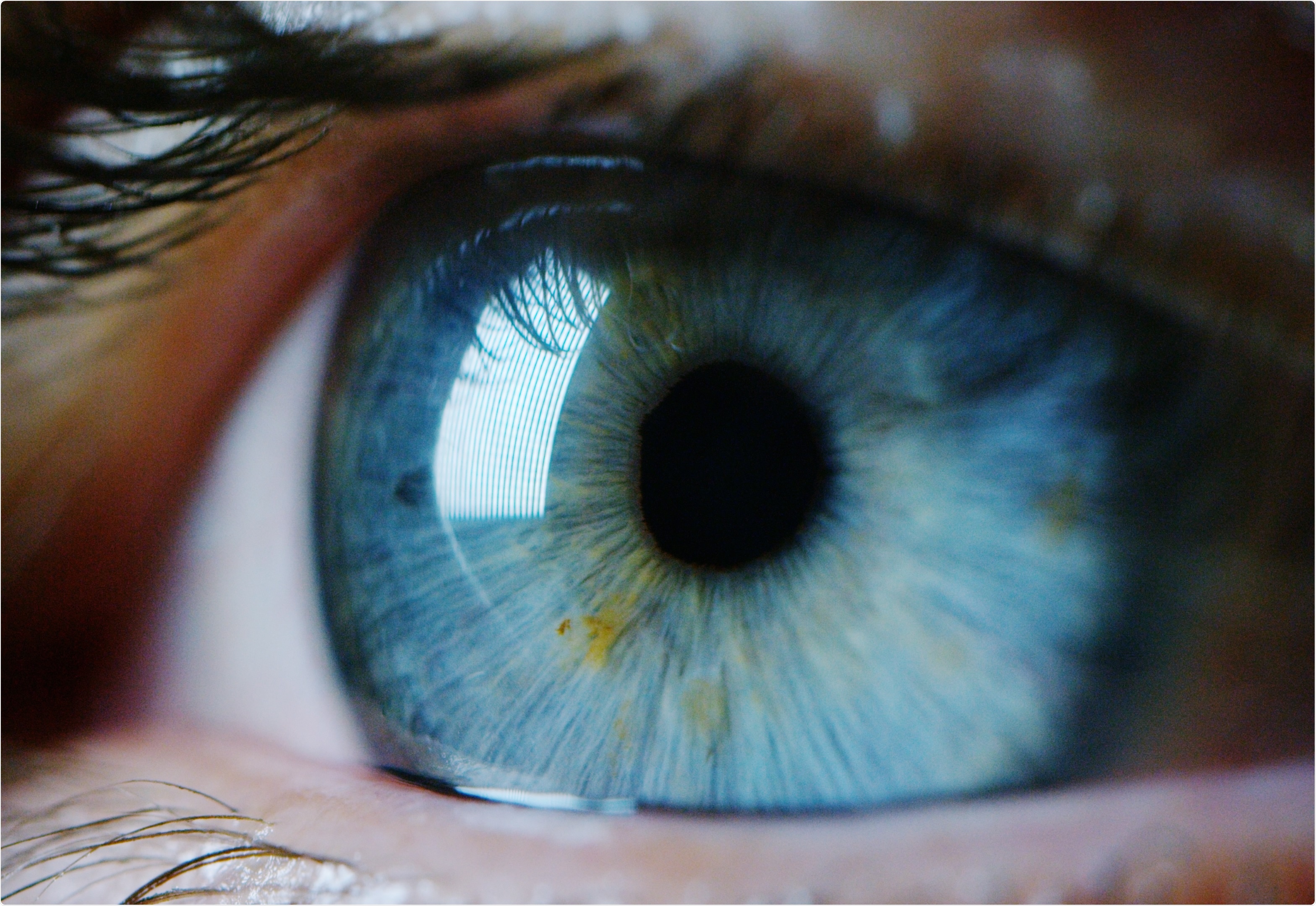Researchers in Australia have conducted a study showing that vaccination against coronavirus disease 2019 (COVID-19) induces key antibodies at the eye surface that may help to protect against the transmission of severe acute respiratory syndrome coronavirus 2 (SARS-CoV-2).
The team from the University of Melbourne and the University of New South Wales in Kensington say that while previous research has identified SARS-CoV-2-specific antibodies in the tears of individuals who have recovered from COVID-19, little is known about the specificity or longevity of these antibodies.
Furthermore, Stephen Kent and colleagues say that, to their knowledge, no studies have yet reported on the presence of antibodies in tears following COVID-19 vaccination.
Now, in a study of 42 individuals, the team has shown that both infection and vaccination elicit SARS-CoV-2-specific immunoglobulin G (IgG) antibodies in tears.
However, levels of antibodies specific to the receptor-binding domain (RBD) of the viral spike protein were minimal seven months following infection. The spike RBD mediates the initial stage of the SARS-CoV-2 infection process and is a primary target of neutralizing antibodies following infection or vaccination.
“Since most neutralizing antibodies bind to the RBD portion of spike, this suggests neutralizing antibodies in these mucosal samples are low,” write the researchers.
Importantly, high levels of RBD-specific IgG antibodies were detected in the tears of vaccinated individuals, suggesting that immunization may help to protect against SARS-CoV-2 infection at the ocular surface.
Kent and colleagues say the findings reinforce the need for widespread vaccination and the use of eye protection in settings where this is not yet possible.
A pre-print version of the research is available on the medRxiv* server, while the article undergoes peer review.
More about potential transmission at the ocular surface
The SARS-CoV-2 virus is commonly spread via airborne transmission and the ocular surface represents an important potential site of infection.
Observational studies have shown that spectacle-wearing is associated with reduced infection rates. The use of protective eyewear has also been associated with fewer COVID-19 outbreaks in healthcare settings. Studies have also previously detected SARS-CoV-2 specific-antibodies in the tears of infected individuals.
Despite these observations, relatively little is known about the specificity, durability and functional significance of antibodies at the ocular surface, says Kent and the team.
Furthermore, “little is known about whether vaccination against SARS-CoV-2 via the intramuscular route induces SARS-COV-2 antibodies in tears, especially RBD-specific antibodies,” they add.
What did the researchers do?
The team collected plasma, saliva and basal tears from 16 individuals who had become infected with SARS-CoV-2 an average of 7 months previously and 15 individuals who had received two doses of the Pfizer BioNTech BNT162b2 vaccine. In addition, pre-pandemic plasma, saliva and basal tears from 11 individuals were also included as healthy controls.
For the vaccinees, samples were taken prior to vaccination and a mean of 13 days following administration of the second vaccine dose.
A multiplex bead array was used to test all samples for IgG and IgA antibody responses to a range of SARS-CoV-2 antigens.
What did the study find?
The team reports that anti-spike IgG antibodies were detected in the tears, saliva and plasma of participants with prior SARS-CoV-2 infection. However, RBD-specific antibodies were low or undetectable in the tear and saliva samples.
“The detection of IgG antibodies to RBD in tears and saliva following vaccination suggests that neutralizing antibodies are present at these sites and may have a protective role,” writes the team.
By contrast, high levels of both spike and RBD-specific IgG antibodies were detected in the plasma, tears and saliva of individuals who had received two doses of the Pfizer-BioNTech vaccine.
Levels of IgA antibodies were increased against most SARS-CoV-2 antigens in the plasma of previously infected individuals but were not detectable in the tears or saliva.
“As a mucosal infection, one might expect IgA responses in tears and saliva following infection. The lack of IgA in tears and saliva following infection may reflect the waning of immunity,” says Kent and colleagues.
What did the authors advise?
“We found that although SARS-CoV-2 antibodies are detectable in the tears and saliva of subjects with prior SARS-CoV-2 infection, levels of antibodies to RBD were low or undetectable by 7 months following infection,” says the team.
The researchers point out that re-infection with SARS-CoV-2 is increasingly being reported and that low mucosal antibodies may leave individuals vulnerable to re-infection via these sites, particularly the ocular surface.
Importantly, the study also demonstrated that vaccination induces high levels of spike-specific IgG antibodies in the tears and saliva, including those specific to the RBD.
“This suggests vaccination, at least early after the course is completed, induces key antibodies at the ocular surface which may help protect from acquisition of SARS-CoV-2,” writes Kent and colleagues.
“Our findings reinforce the need for widespread vaccination and eye protection in settings where this is not yet possible,” they conclude.
*Important Notice
medRxiv publishes preliminary scientific reports that are not peer-reviewed and, therefore, should not be regarded as conclusive, guide clinical practice/health-related behavior, or treated as established information.
https://news.google.com/__i/rss/rd/articles/CBMid2h0dHBzOi8vd3d3Lm5ld3MtbWVkaWNhbC5uZXQvbmV3cy8yMDIxMDgwNS9WYWNjaW5hdGlvbi1tYXktcHJvdGVjdC1hZ2FpbnN0LVNBUlMtQ29WLTItaW5mZWN0aW9uLWF0LXRoZS1leWUtc3VyZmFjZS5hc3B40gF7aHR0cHM6Ly93d3cubmV3cy1tZWRpY2FsLm5ldC9hbXAvbmV3cy8yMDIxMDgwNS9WYWNjaW5hdGlvbi1tYXktcHJvdGVjdC1hZ2FpbnN0LVNBUlMtQ29WLTItaW5mZWN0aW9uLWF0LXRoZS1leWUtc3VyZmFjZS5hc3B4?oc=5
2021-08-06 02:18:00Z
52781774183764
Bagikan Berita Ini















0 Response to "Vaccination may protect against SARS-CoV-2 infection at the eye surface - News-Medical.Net"
Post a Comment